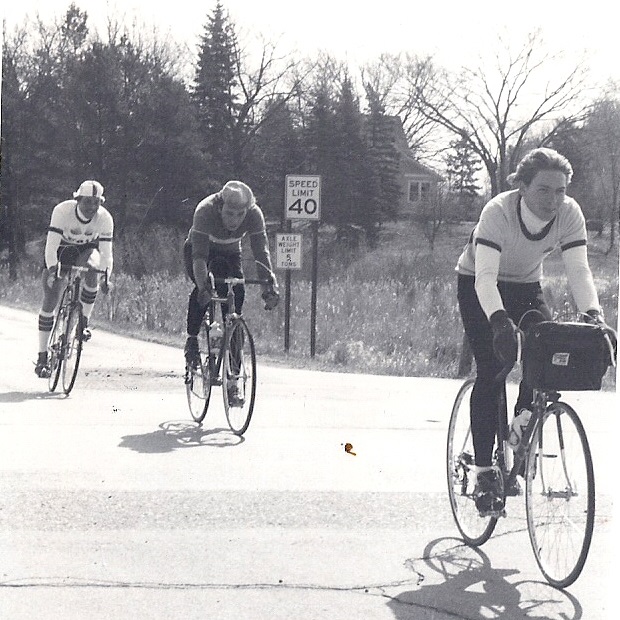Tag: Hostelling International
-

Steeped in history the Ironman Bike Ride is a Minnesota tradition
With 49 years under its saddle and less then 12-days away from its 50th, April 24th, the Minnesota Ironman Bike Ride will celebrate a half century of kicking-off the spring bike season. So we thought it would be fun to look back through the archives to see the progress this popular spring event has made…
